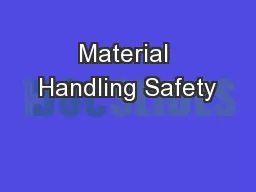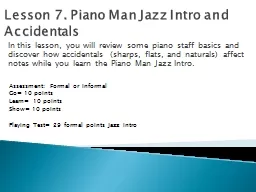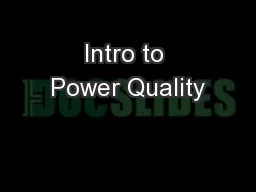PPT-Intro to Material Handling
Author : ellena-manuel | Published Date : 2018-02-27
Basics Plan the task before doing it Wear appropriate PPE Follow lifting procedures Pretask planning make sure the load is too big too heavy or too hard to grasp
Presentation Embed Code
Download Presentation
Download Presentation The PPT/PDF document "Intro to Material Handling" is the property of its rightful owner. Permission is granted to download and print the materials on this website for personal, non-commercial use only, and to display it on your personal computer provided you do not modify the materials and that you retain all copyright notices contained in the materials. By downloading content from our website, you accept the terms of this agreement.
Intro to Material Handling: Transcript
Download Rules Of Document
"Intro to Material Handling"The content belongs to its owner. You may download and print it for personal use, without modification, and keep all copyright notices. By downloading, you agree to these terms.
Related Documents

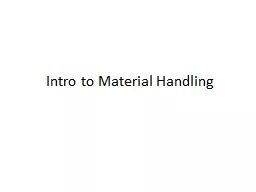
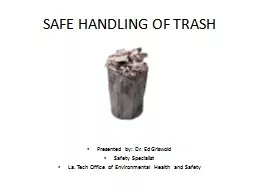

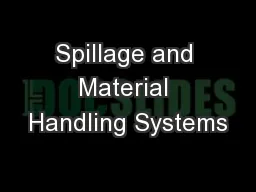
![Material Handling This material was produced under grant [SH22236SH1]from the Occupational](https://thumbs.docslides.com/668343/material-handling-this-material-was-produced-under-grant-sh22236sh1-from-the-occupational-safety-a.jpg)
